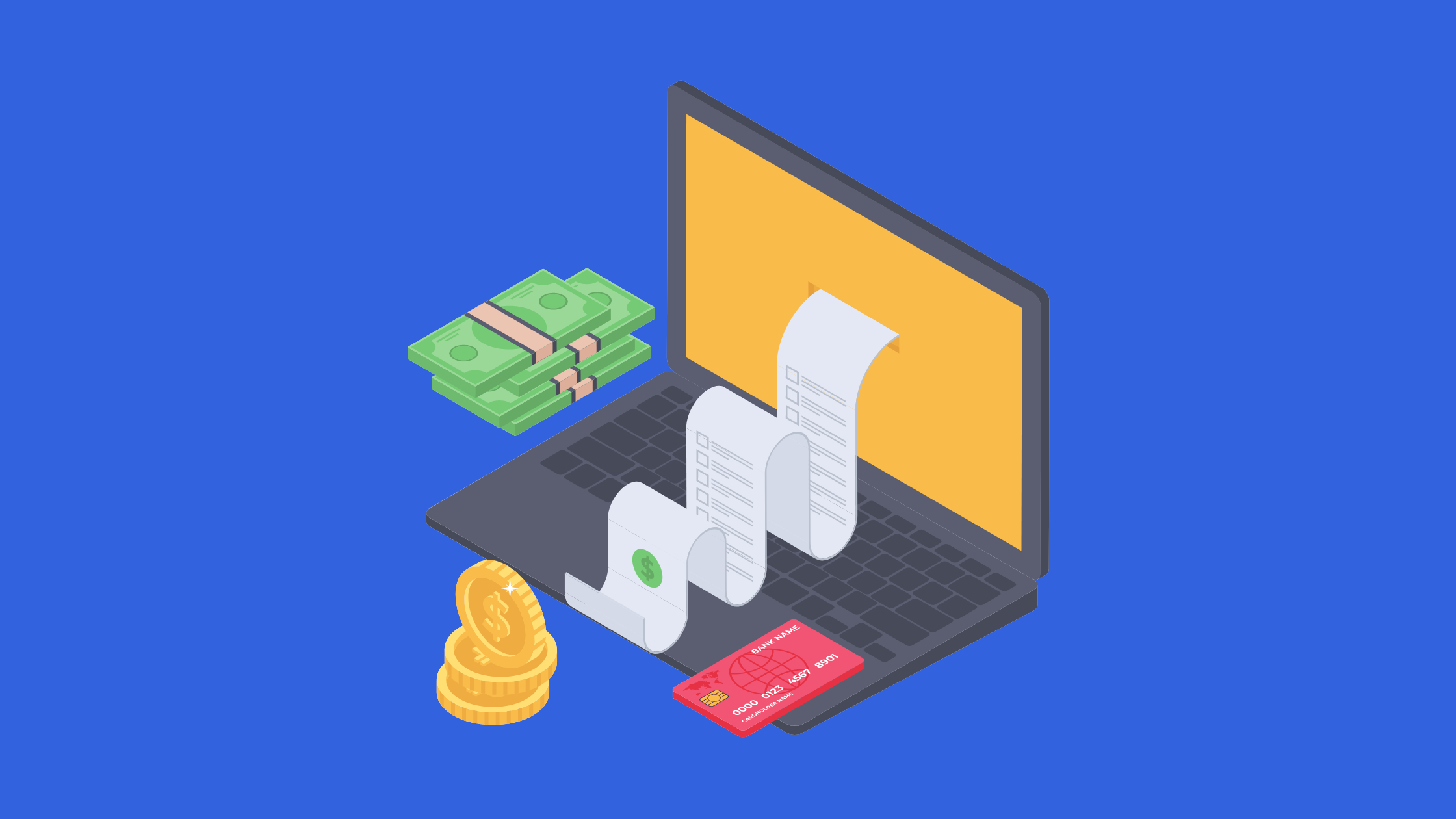Getting (and Staying) Out of Debt
The average American has more than $5,000 in credit card debt. The system is broken, and there’s a lot that needs to be done to fix it. In the meantime, we know that getting out of debt is easier said than done, and these tips are just a start.
Author: Gabe Kahn
October 18, 2022|Blog
Credit card and personal loan debt is a major source of financial stress for many Americans. Several recent surveys have shown the average adult has more than $5,000 in credit card debt – this leads to large monthly payments and interest charges that take chunks out of people’s monthly budgets and creates broader stress as people try to find ways to pay down their debt. But debt is not an insurmountable obstacle. There are strategies you can use to pay down your debt balance and live a debt free life once you succeed.
Getting out of debt
The first step to paying down your credit card debt is making sure that you are spending less than you are earning. This will prevent you from accumulating any new debt and make sure you have extra money to use to start paying off the existing debt.
Secondly, make a plan. If you have multiple loans, it is helpful to focus on paying off the highest interest debt first to stop your balance from growing as quickly. This may mean paying off high interest loans like payday loans or cash advances before credit cards or paying off your highest interest credit card first while making minimum payments on everything else. You can also save on interest and complexity by using a balance transfer or consolidation loan to move your balance(s) over to a loan with a lower interest rate.
Finally, set a goal. Know how much money you need to put towards your balances every month to get out of debt by the end of your timeline and add it to your budget. You can use an online calculator to figure out a monthly payment that accounts for additional interest.
Finding ways to cut back on spending
The easiest way to cut back is to break your spending into wants and needs. This might not be the same for every person, but it's important to be realistic in how you classify this for yourself. For example, you might call coffee a need (we can’t live without it either!), but buying it from a nice coffee shop is probably not – you could save money by making it yourself at home or at work.
After you've done this, your 'wants' is the area where you can cut back. This doesn't mean to cut out all of your wants. You can still leave some room for things that make you happy while making choices to cut back on some things. Maybe you can get by with just one subscription service (eeny meeny miny moe…Amazon, Hulu, and Disney+...) for a few months instead of paying for all of them. Remember that once your debt is gone, you will have some money to put back into your budget since you won't be charged interest any more. Some payments like payday loans will disappear altogether.
Staying out of debt
People commonly run-up credit card debt for two reasons:
They don't notice how much they're spending until they realize they can't pay the balance off at the end of the month
They have an unforeseen expense that upends their budget.
Let's tackle these together.
#1, both credit/debit cards and online shopping make it easier to lose track of how much you're spending because you don't see the money leaving your wallet.
Thankfully, there are good ways to track your spending. Most financial institutions allow you to easily check your balance and set-up alerts online or through a mobile app. Build a habit of checking your balance often, even daily if you need to, and set-up alerts to remind you when your balance crosses a certain threshold. This will help keep you on-top of your spending and let you know how you're trending for the month. If you use multiple methods of payments, whether two different credit cards, or a credit card and another method (e.g. debit, cash), it may be easier to only use one so that you can see as much of your monthly spending as possible in one place.
#2, expect the unexpected and plan for it.
You don't know what unexpected payments might come about this month – but it’s most likely that something will come up. Maybe it's a flat tire, a wedding gift for a friend, or a trip to see a sick relative. You can probably look back at last month's budget or the month before that and see purchases like this and our habit is to say: "this won't happen again this month," and continue forward with our old budget. And you're probably right! But odds are something new and unexpected will come up that could throw off your budget this month. Adding in a few hundred dollars of buffer into your budget, even if it means cutting back on a few wants, is vital for staying out of debt. If you don't end up needing it, you can save it for a rainy day in another month.
Never losing hope
While your debt may feel overwhelming, it is possible to make a plan to get and stay out of debt. This will help to extend your monthly budget, raise your credit score, and give you peace of mind in the knowledge there is no debt hanging over you. While there is no one-size-fits all approach to solving debt – you are the person who knows yourself best – there are strategies you can tailor to your own habits, goals, and life situation to conquer your debt balance and set yourself up for a strong financial future. We believe in you! 💪
